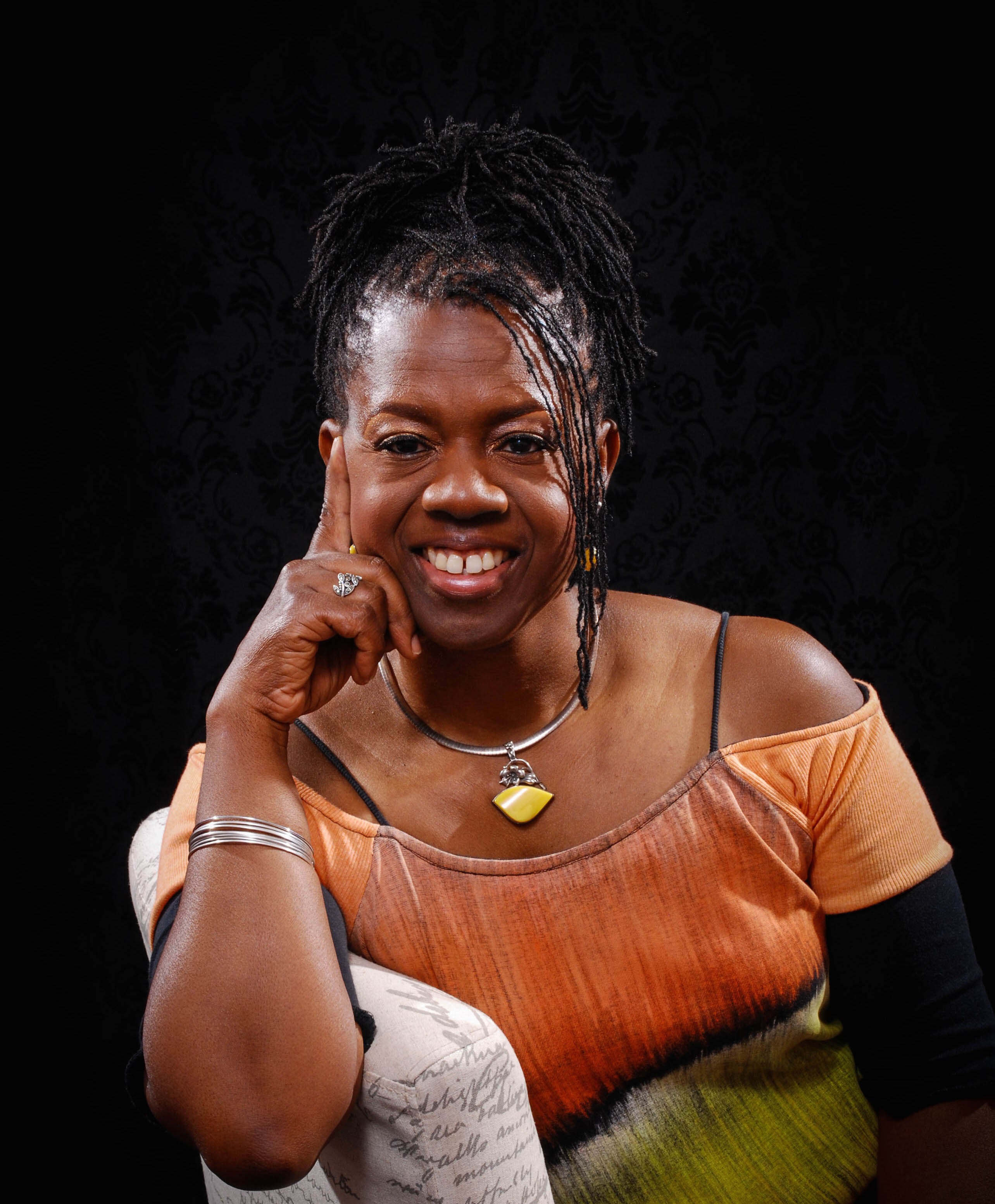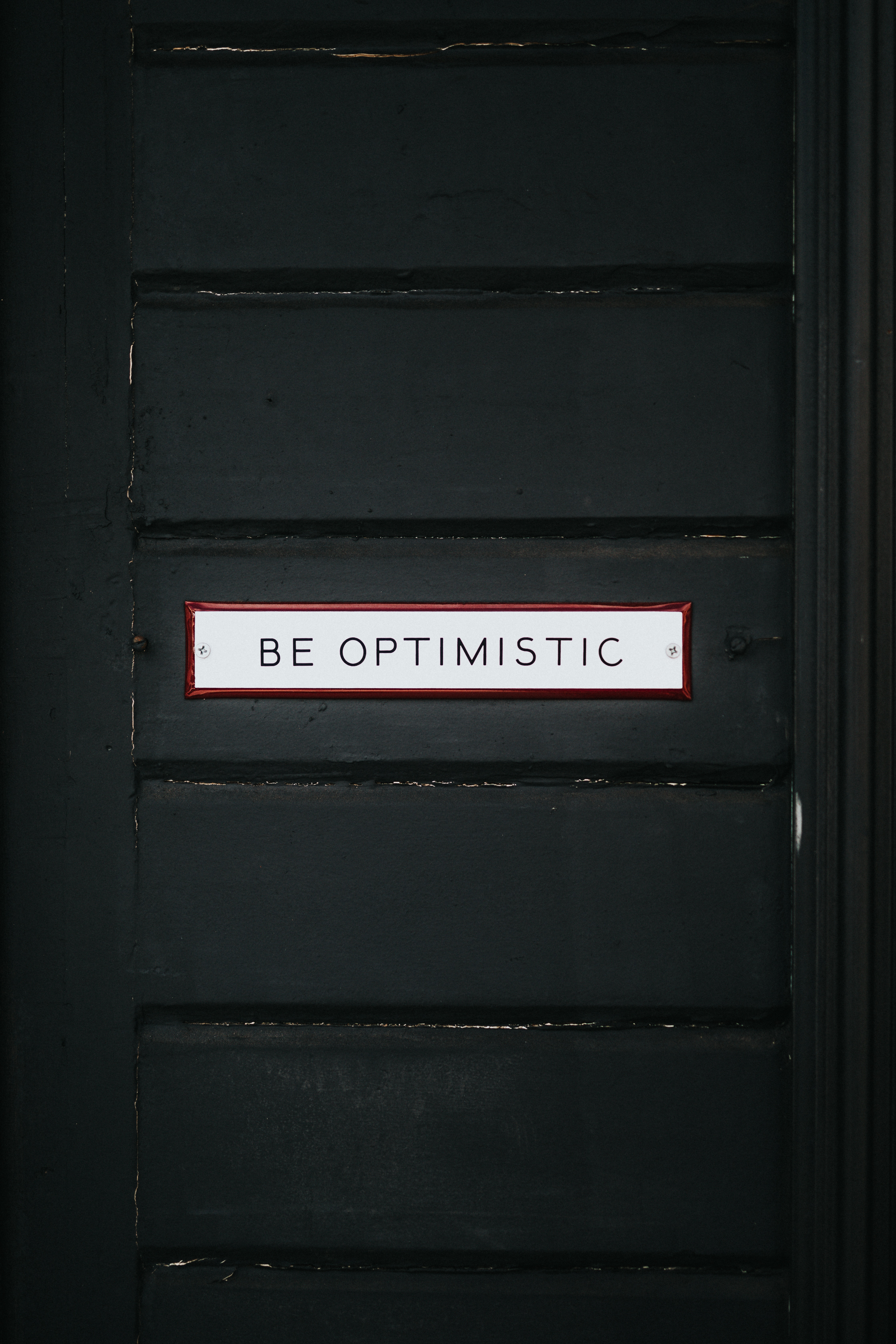Growing up, my Mama taught me three things to save me from despair:
- It’s a blessing in disguise.
- All things work together for your good.
- As a man thinks, so is he. Be transformed by the renewing of your mind.
She’s the reason that I chose to study cognitive behavioral approaches to treatment when training to be a clinical psychologist. I learned early in life that changing your thoughts and perceptions would shift your emotions and behavior. I have to admit that this process was easier during childhood and adolescence. After all presents came wrapped in boxes so a blessing in disguise was quite plausible.
But enter adulthood. Navigating the vicissitudes of life left me doubting blessings and things working out for my good. I figured there must be a way to get good things to show up in plain sight, no disguises. Perhaps, they could even announce themselves, “Hi. I’m the good stuff you want in your life. I’m here for you.” But nope. I continued negotiating through my doubt. As a professor pursuing tenure and promotion, I ruminated over what could go wrong despite the uneasiness and anxiety that came with it. Thankfully, my training and my Mama’s voice were like a compass guiding me back to center.
And as life goes on, the most interesting thing happens. I join a school to study with a Qigong Grand Master and traditional Chinese medicine practitioner. Guess what he says? “There are no accidents. Everything happens for a reason. Everything happens for good. Can you see the good?” He even gave away t-shirts with this quotation emblazoned across the front.
I know. Most people would say it’s unbelievable. Who could have predicted that my African American, southern Baptist, Mama and a Chinese Master of healing arts would say the same thing? I never imagined this scenario. I wondered, was this some kind of conspiracy? Did my Mama and Grand Master have a clandestine meeting in the physical or spiritual realm to make sure that I got this message?
Since it seemed that fate went through quite a bit of effort to bring me this information, a few years I decided that I was going to actively practice looking for the good in everything, no matter how bad it seemed. I’d been through a particularly difficult year so at the start of the new year, I put my plan in motion. As you can imagine, searching for the good in some situations was more difficult than others. But after a year of practice, my optimism muscle was much stronger, my periods of worry much shorter, and I sharpened my skill at using my emotions as a signal to problem-solve.
Difficulties became an invitation to look for what I could gain or learn from the experience. I found that challenging times could help me define what I truly wanted. Low could show me the road to high. Worried could lead me to clarify what brings me peace of mind. Sad could be an invitation to get clear about how to create joy.

This same idea is reflected in the Chinese Yin Yang symbol and the open and closed patterns that Yoruba diviners of Southwestern Nigeria use to mark the names of sacred teachings. These ancient symbols reflect show us that seemingly opposing forces function in a complementary relationship. Night and day, cold and hot, light and dark, up and down, etc. are partners. One half of the pair helps us understand the other half. This, I believe, is balance in action.
Even Martin Seligman, leading optimism researcher started out studying learned helplessness. In Authentic Happiness, he says that pessimists see bad events as permanent while optimists see them as temporary. Or as my Mama would say, “Trouble don’t last always”.
One of the great things about optimism is that it can be learned. We can use our pessimistic feelings to guide us toward optimism. Psychologists call this reframing or cognitive restructuring. Commit to doing it for a month or maybe an entire year. Or go ahead and use these 4 tips to make being optimistic a way of life.
- Recognize your feelings as signals pointing you to something that needs your attention.
- Reframe. Look for the good in every difficult situation.
- Be flexible in your perceptions. Consider another way to interpret what’s happening.
- After every experience, remember to notice the relief, peace, and sense of well-being that come from practicing optimism.


